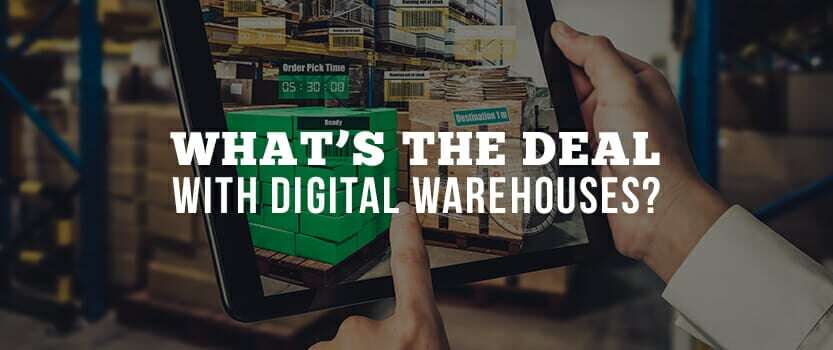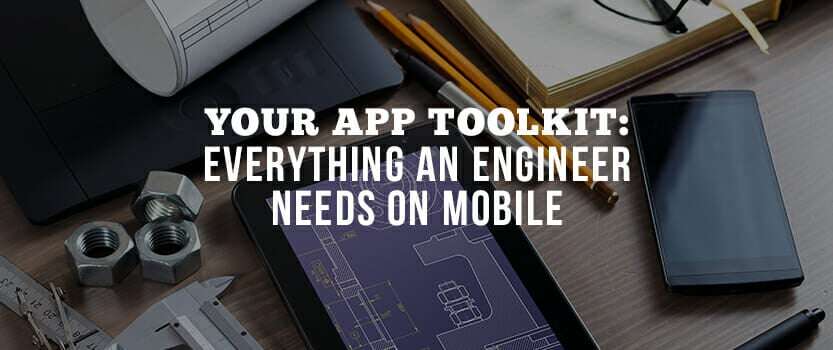2 min read
What’s the Deal with Digital Warehouses?
You may have heard the recent buzz about digital warehouses. Logistics experts believe they’re the future of warehousing. But what exactly...
Improve customer satisfaction and increase operational efficiency with a client portal.
Take control of your operations with customized software solutions.
Help your in-house dev team get more done, faster with our Midwest-based experts.
Today, warehouses go far beyond storage. Through smart technologies, warehouses have become digitally-connected and data-driven powerhouses.
Modernizing your warehouse starts with choosing the right technologies. After all, 27% of warehouse leaders cited “inadequate information systems” as a big challenge.
In particular, apps can help connect your warehouse workflow and streamline your internal processes. Let’s go through the top challenges for warehouse apps and potential features to resolve them.
Warehouse apps can do a lot, but they’re not foolproof. As warehouses go digital and make use of automation, IoT sensors, AI and AGVs, apps will need to do more to keep up. Here are six main issues that warehouse apps should address with key features.
Data is essential to streamlining warehouse workflows and ensuring accuracy in the manufacturing, packing and delivery of goods. A few key features that help collect accurate data include:
You can use all the cutting-edge software and IoT sensors you want, but without key integrations, your digital warehouse won’t stay connected. Warehouse apps can help bridge integration gaps through features such as:
At the same time, a warehouse app is only effective if workers know how to use it. It’s important to have excellent UX design that makes daily tasks easy. Some UX design features that can boost worker productivity and reduce human error include:
Another big deal for warehouse efficiency is the picking process. Fulfilling orders warehouse-wide can be time-consuming without a tool that optimizes lists and routes. To get better picking, warehouse apps can offer these features:
Accurate inventory data is just one part of data-rich warehouses. Data and insights about warehouse processes are just as important. The best warehouse apps will harness this information into easy-to-read reports and offer insights for improvement. Key features may include:
Finally, warehouse apps should power better customer service through data-driven notifications. Nowadays, customers expect instant communication about their orders, which is why warehouse apps should integrate with other tools to provide:
This is just the beginning for customer service. Down the line, customers may even want more communication during the online ordering process.
Of course, warehouse apps should also keep in mind best practices beyond these challenges. For example, apps could also be used to support areas such as:
At the end of the day, warehouse apps can bring all the information you need to improve internal processes and boost your workers’ productivity and safety.
As online shopping becomes the norm, the warehousing industry just keeps growing. In fact, the global warehouse automation market is predicted to reach $30 billion by 2026.
Warehouse apps make sense as a way to keep your goods, workers, and processes interconnected. Though there are still challenges to overcome, the suggested features above can do wonders for modernizing your workflow.
Remember that your warehouse app will be used across your inventory floor, which means it should be designed for workers. Download our checklist for warehouse UX design and contact the Onsharp team for a personalized warehouse app consultation.

2 min read
You may have heard the recent buzz about digital warehouses. Logistics experts believe they’re the future of warehousing. But what exactly...

2 min read
App development has become a critical tool for business growth and customer engagement. As more companies recognize the importance of mobile...

3 min read
Apps are an essential part of any business’s operation, especially during a time where person-to-person meetings aren’t always an option....
